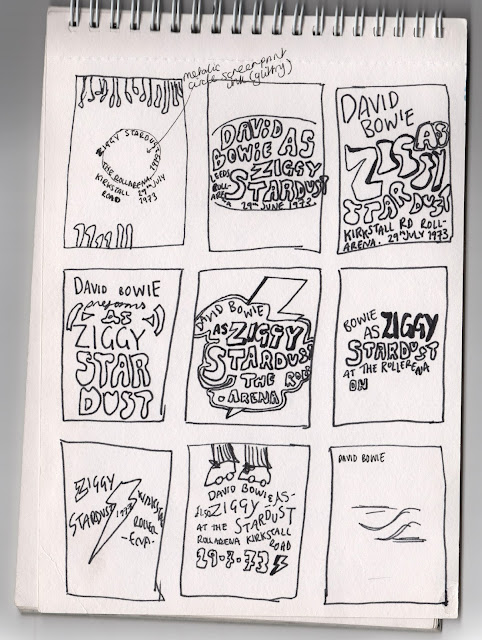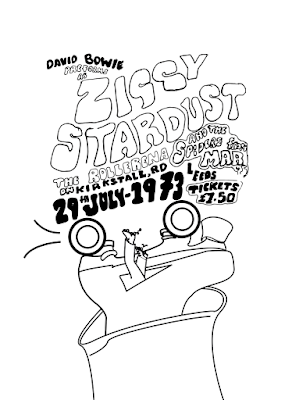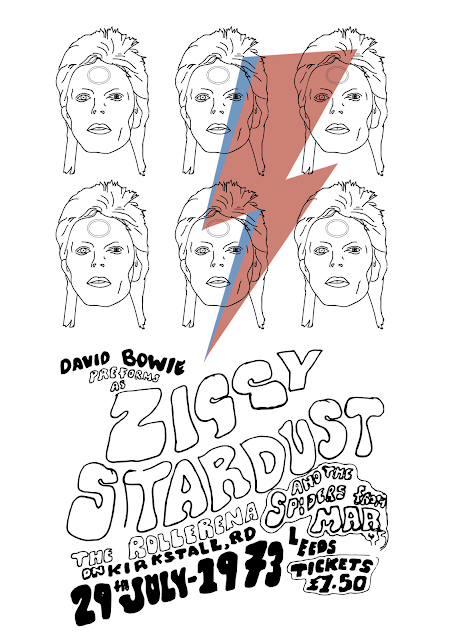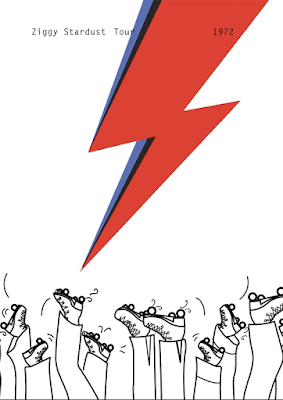However, Studio brief 02 was a great opportunity to collaborate with other Graphic Designers, utilising time effectively and project managing to an extent. I feel my role within the group was significant, contributing to ideas, concept development and production. It was really rewarding to feel valued within a group, and that my ideas actually matter and aren't stupid. My input aided the overall black and white aesthetic of the project, an aspect I feel ties the corporate world and gritty subculture of tattoo's together in harmony. This brief allowed me to develop my own skills, mainly centred around photography, illustration and art direction. I helped organise the group (ironically) and booked things so they would get done within enough time for completion, contributing to my own personal development in time management and project planning. All small briefs have mainly been illustration based, inspiring this aspect within my personal practice and adapting a more hands on style. The benefit of a small brief being short is the lack of blogging this opportunity provides. I feel this freedom allows me to explore my ideas much more, yet its the documentation which holds me back- something I need to work on in the future.
In conclusion, Responsive has been a really thought provoking journey forcing me to expand my creativity and consider the overall purpose/problem in what the brand is asking for. Each brief has taught me about how I work and has led me to realise that I need to drive my passion for ideas I really believe in, as well as collaborating with others in the process. I also need to be more alert when it comes to organising files, creating multiple back ups in multiple places so not to loose all my files again.























































